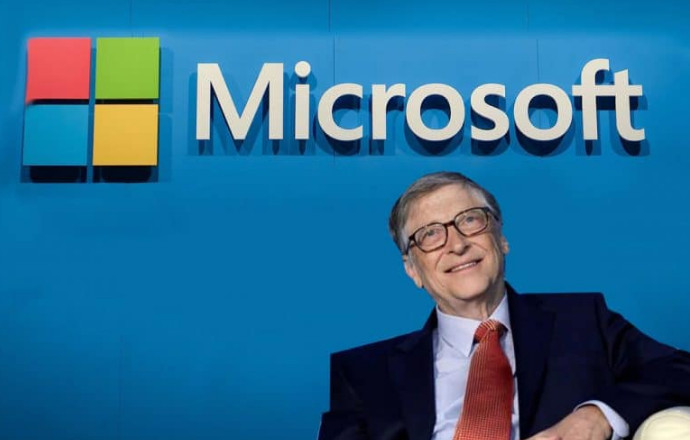- 8777701917
- info@saikatinfotech.com
- Basirhat W.B
Windows is a family of operating systems developed by Microsoft. It is one of the most widely used operating systems in the world, particularly for personal computers (PCs), laptops, and workstations. Windows provides a graphical user interface (GUI), multitasking capabilities, and a wide range of software and hardware compatibility, making it popular for both home and business use.
Graphical User Interface (GUI):
Multitasking:
Software and Hardware Compatibility:
Security Features:
Networking and Internet Connectivity:
File System:
Microsoft Store:
Support for Multiple Devices:
Virtualization:
Windows 1.0 to 3.1 (1985–1992):
Windows 95 (1995):
Windows XP (2001):
Windows Vista (2007):
Windows 7 (2009):
Windows 8 (2012):
Windows 10 (2015):
Windows 11 (2021):
Windows Server:
Personal Computing:
Business and Productivity:
Gaming:
Development:
Networking and Servers:
Virtualization and Cloud Computing:
Windows is a versatile and widely used operating system that powers a large percentage of personal computers and business systems worldwide. It is known for its user-friendly interface, compatibility with a wide range of software and hardware, and its ability to support a variety of use cases, from gaming to professional work and server management. With regular updates and the introduction of new features in each version, Windows remains one of the most prominent and influential operating systems in the world.


The owner of Windows is Microsoft Corporation, a multinational technology company based in the United States. Microsoft was founded by Bill Gates and Paul Allen in 1975. The company is responsible for the development, licensing, and support of the Windows operating system and various other software products, including Microsoft Office, Microsoft Edge, Azure, and hardware products like Surface tablets and Xbox.
So, while Bill Gates and Paul Allen were the co-founders of Microsoft and instrumental in its early days, today, Microsoft as a corporation owns and manages the Windows operating system.
Microsoft offers a broad range of services that span across various industries, including cloud computing, productivity software, enterprise solutions, gaming, and more. Below is an overview of the major Microsoft services categorized by their respective domains:
Microsoft offers a comprehensive range of services across various industries, from cloud computing and business solutions to gaming and artificial intelligence. The company’s services cater to both individuals and enterprises, enabling productivity, innovation, security, and collaboration at a global scale.